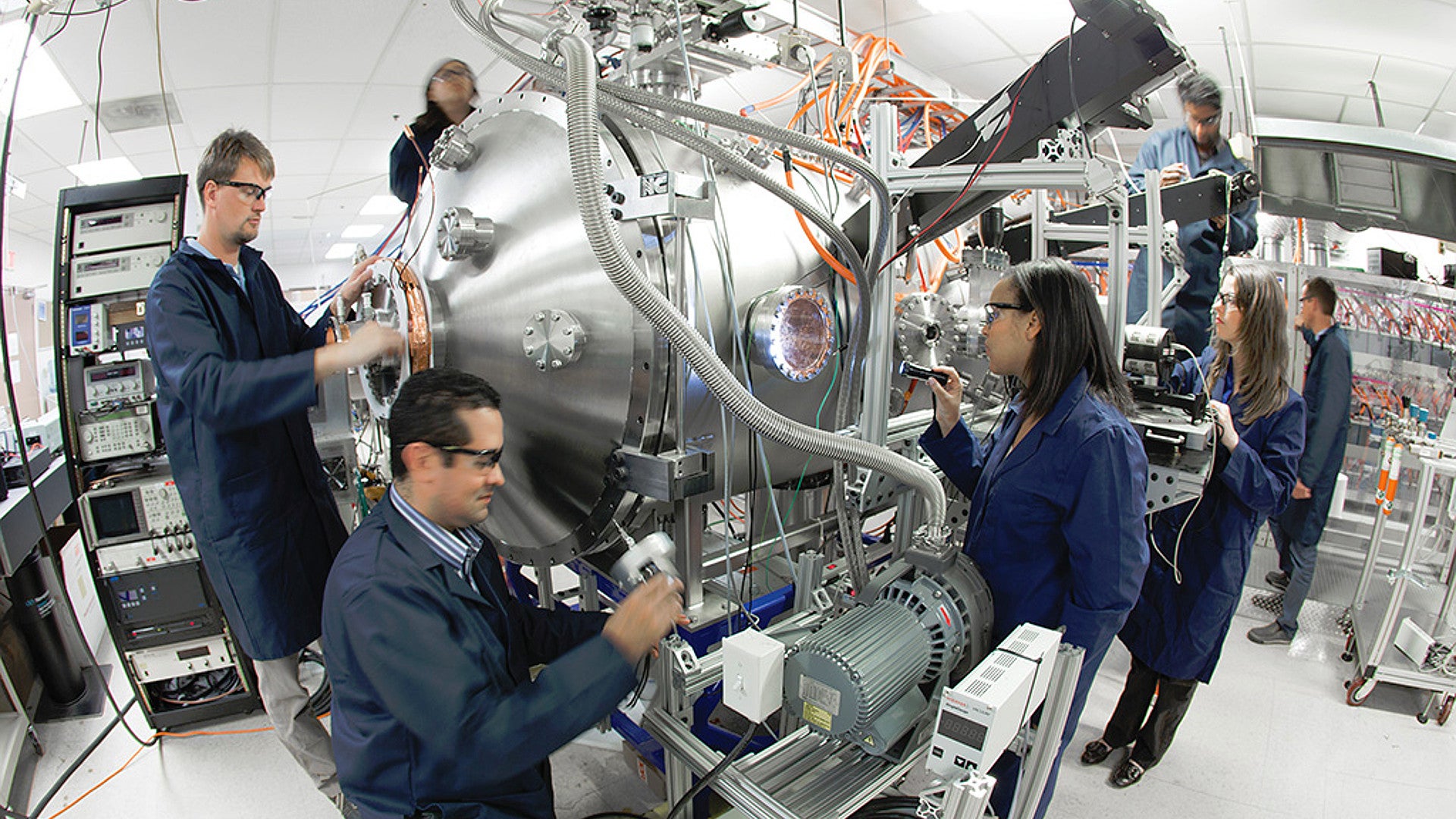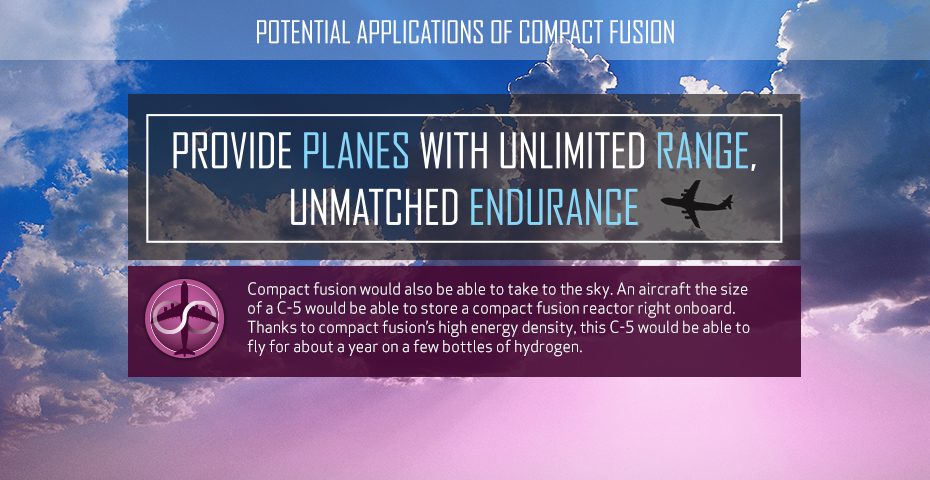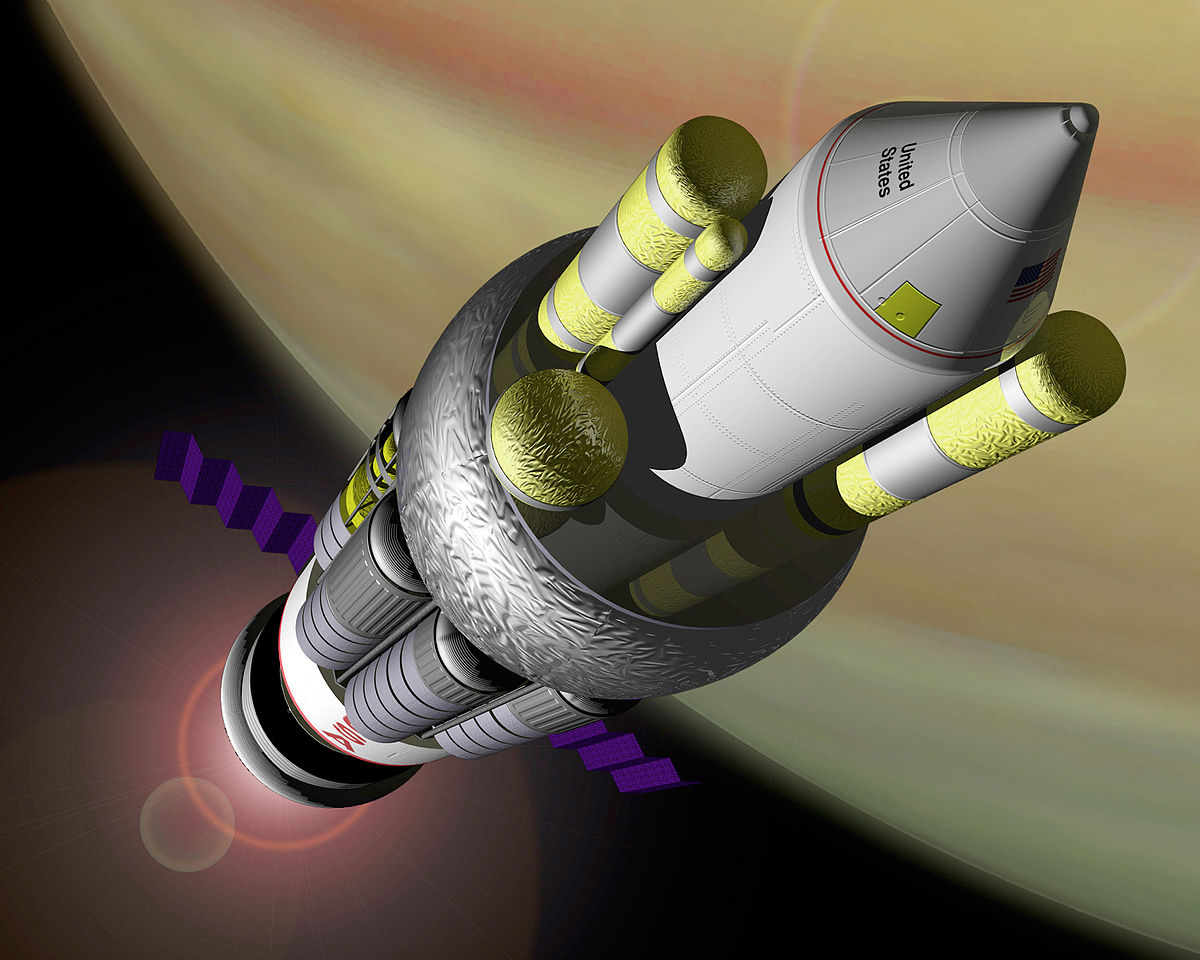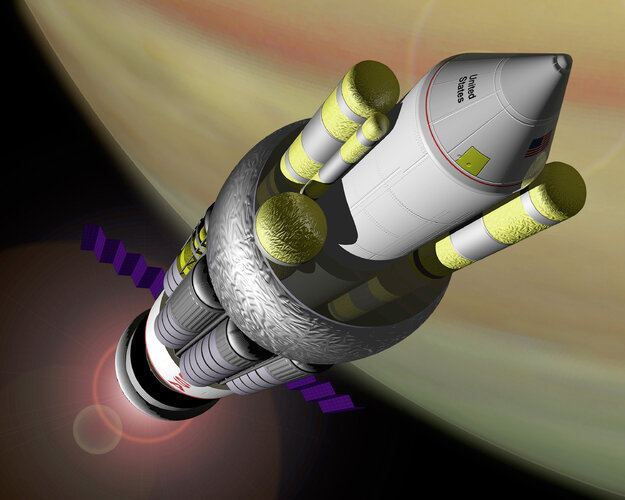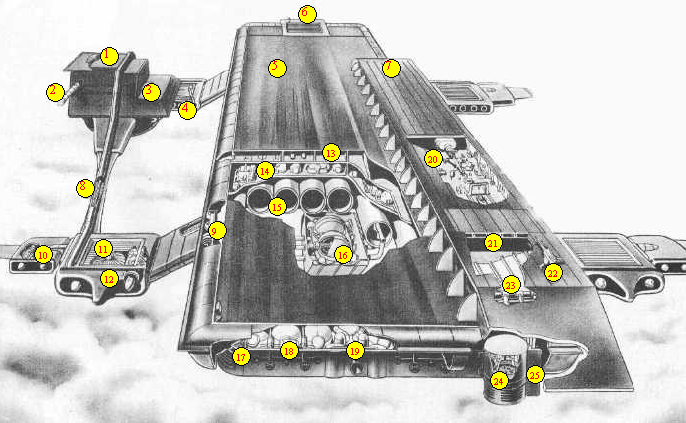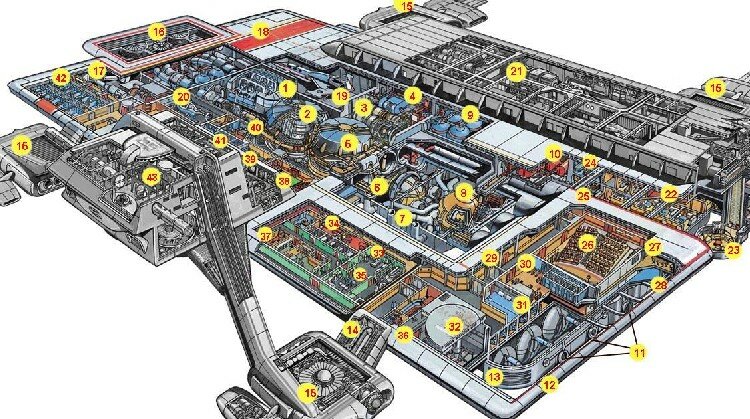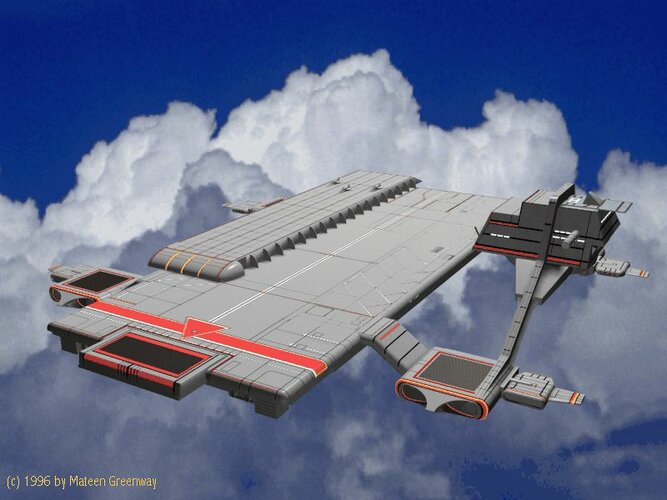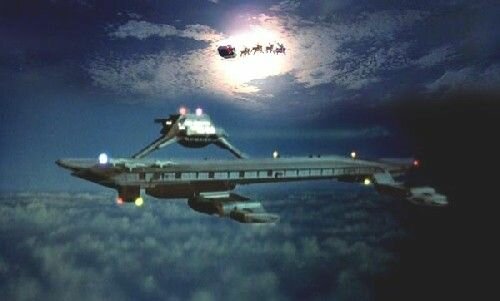La-Fuente Technologies
NEXT GENERATION AIR DOMINANCE
- Joined
- 21 November 2022
- Messages
- 342
- Reaction score
- 272
It can be both. Newer and more powerful versions of already-existing technologies as well as new technologies we don't know, and could never think of.I’m going to bet that it’s things that are unknown in a groundbreaking, never before seen technology and things we may never fully know about or it will be a generation or two before we do.How sophisticated a jamming suite will the B-21 likely have? B-21 could effectively replace the Growler in the RAAF jammer role, and even augment the E-7 as a deep penetration AWACS if equipped with extra AESA arrays for full coverage. There are alot of possibilities in the airframe.
For the power propulsion side, it is possible that the first B-21s will still run on aviation fuel and thus will still have to go to tankers when they are low, but as fusion reactors are formally finalized and introduced, these may be introduced to the B-21s and replace aviation fuel in their entirely, thus allowing the B-21 to fly indefinitely (Or until the pilots decide to go back to base and spend some time on the ground). The B-21s might be among the first to be given the Compact Fusion Reactors once they are miniaturized enough to be mass-produced and installed in almost every military hardware that can house them.
For the engines, I read from a source that the B-21s might use modified Pratt & Whitney F135 engines that do not possess afterburning capabilities, but what's not to say that just like the F-35s, the B-21s might be given improved Adaptive Cycle Engines that would further increase fuel efficiency and range, while possibly allowing it to go supersonic, assuming the Adaptive Cycle Engines the B-21 will get possess afterburning capabilities
For the ordinance, there is a possibility that the reason why the bomb load for the B-21 is smaller than that of the B-2 because it will have future bombs that will be many times smaller than current bombs and pack the same punch as them. Even cruise missiles themselves are becoming slightly smaller the newer they are, and as a result they are lighter and easier to deploy from even cargo aircraft without any modifications to the deploying plane (Rapid Dragon). So what's not to say that a modified version of Rapid Dragon can be given to the B-21 in order for it to have the capability to fire several salvos of cruise missiles while staying away from the enemy's airspace.
For electronics, we already know that the B-21 can fulfill many roles with regards to its situational awareness. It can play a command and control role, a reconnaissance role, and even pinpoint enemy targets for other B-21s or other aircraft to destroy. Basically the same things the F-35 had, but far more advanced
And finally, while we do not fully know what new technologies will be present, we can think of a few:
-Reflective Camoflauge (If implemented, it can make the B-21 not just nearly invisible to Radar and IR, but also in visible light.
-Special sound mufflers, to reduce the noise the engines make, and thus reduce the enemy's readiness to prepare for a bombing run should the B-21 go on a low-altitude mission. Of course, this tech would be redundant if it's going on a high-altitude mission.
-Laser Weaponry. Realistically, the B-21 can be a testbed for newly-designed laser weapon systems before they will eventually be installed onto future Sixth-Generation Fighters like the Next Generation Air Dominance. It is big enough to house one, has enough power to operate it (Moreso if it has a compact Fusion Reactor), and it would primarily be used to take down enemy interceptors or in a CIWS role to stop incoming projectiles from either hitting the B-21 itself, other friendlies, or even far-off friendly cities, bases and other targets
And a few more that we obviously don't know at all
Edit: This is now a thread about Fusion Powered Aircraft, so the parts about future technologies except for the Fusion Power might be irrelevant now
Last edited:

